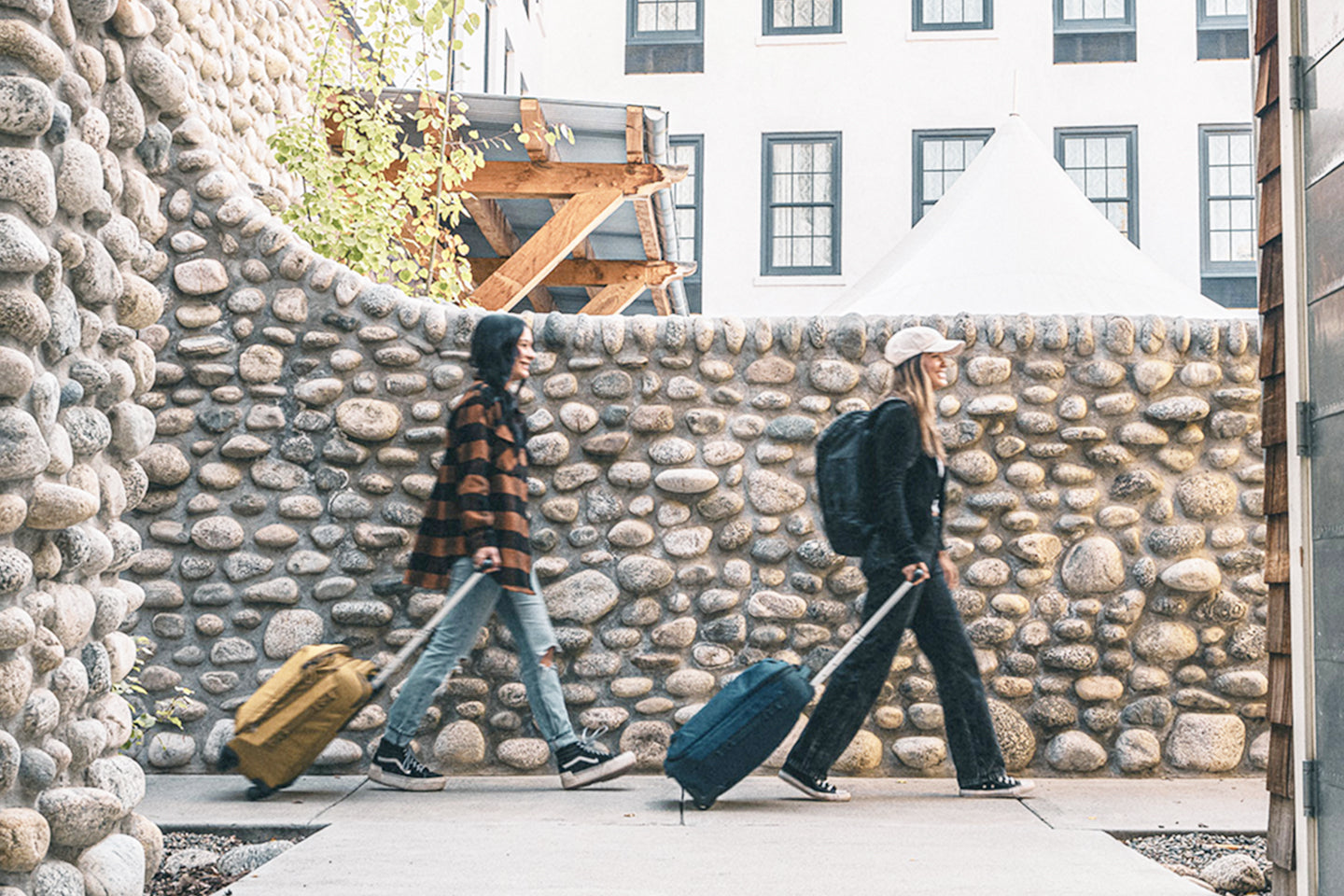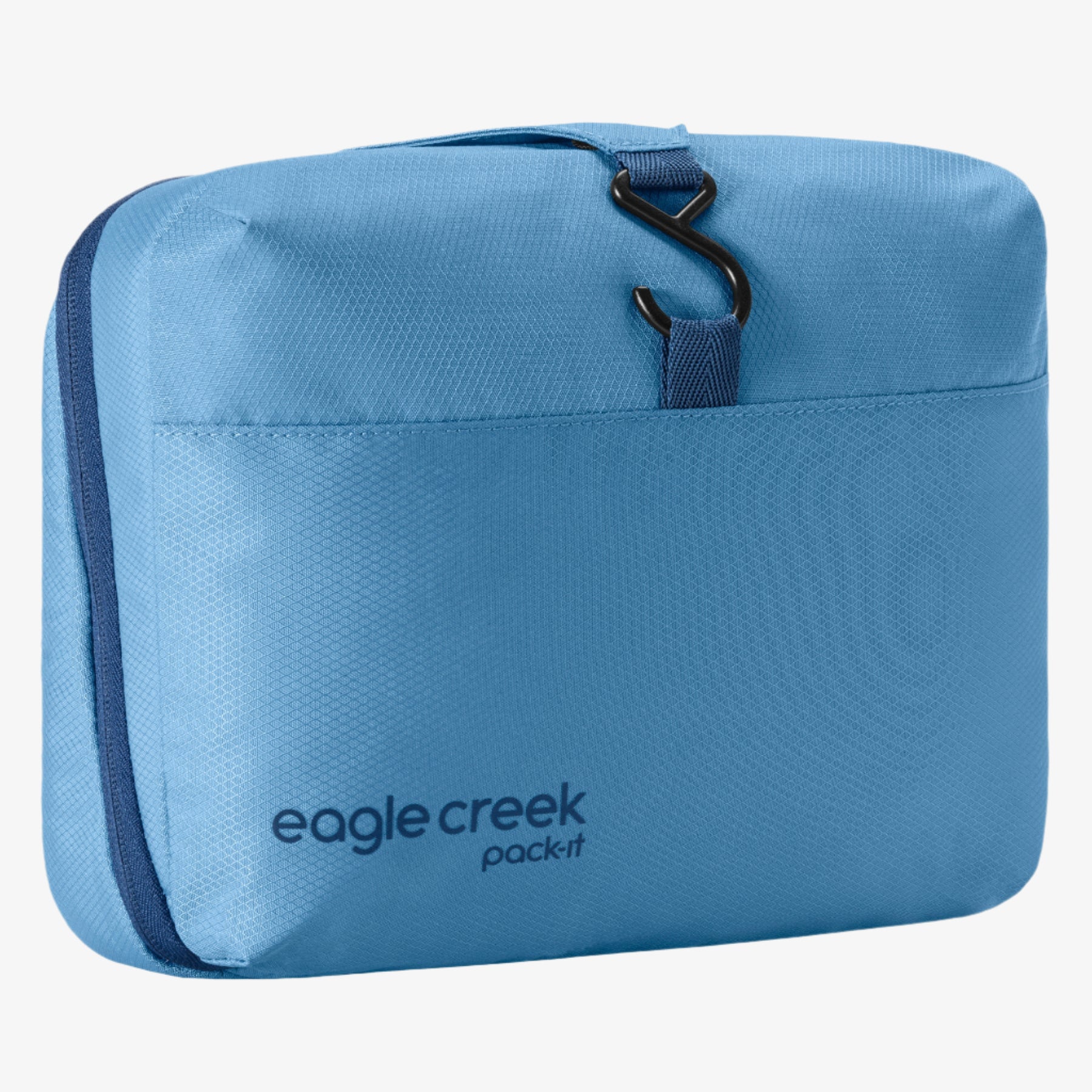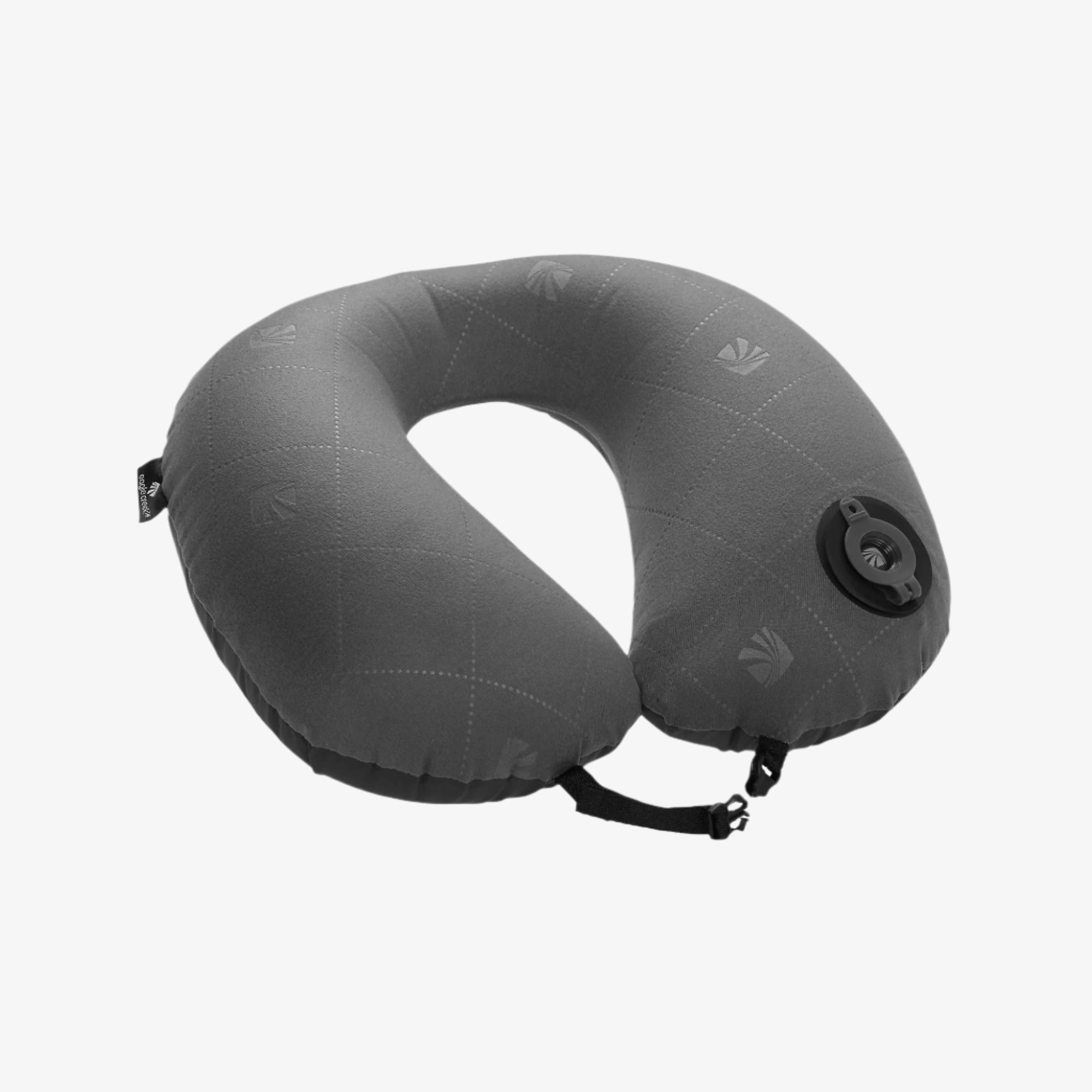World's Most Spectacular Hikes

Long to conquer the world on two feet? You’re in luck! Get the ultimate hiking experience by trekking through the most awe-inspiring places on Earth. Whether you’re interested in exploring an ancient Peruvian city or a sacred, remote Indonesian volcano, this list will take you around the globe, highlighting spectacular treks that should sit high on the bucket list of any wonder-seeking backpacker.
Hawaii’s Kalalau Trail
The Kalalau Trail, located on the Hawaiian island of Kauai, is legendary among hiking enthusiasts, thanks to its stunning coastal scenery and challenging terrain. (The wet tropical weather doesn’t hurt either.) The trail is eleven miles (18 km) one way, and leads to an isolated beach where hikers can camp overnight before starting the return journey the next day. Trail offshoots lead to lush valleys and gargantuan waterfalls—bonuses for those willing to exert extra energy. If you are short on time or vigor and can’t spend two full days trekking, there are many routes that include just a portion of the trail and allow you to sidestep the hassle of obtaining a camping permit for the overnight stay. Just two miles (3 km) along the coast from the trailhead is Hanakapiʻai Beach, a great turn-around point for day hikers. Feel like walking a bit farther? Just two miles (3 km) inland from that beach is Hanakapiʻai Falls, a lovely spot for a mid-day swim. Level of Difficulty (1-5 with 1 being easy): 4 Best Time of the Year to Hike: May-June, after the rains stop but before the crowds descend.
Indonesia’s Rinjani Summit
Often dubbed the most challenging hike in Southeast Asia, the trek to Mount Rinjani in Indonesia is not for the faint of heart. The highly active volcano has a massive presence, both physically and spiritually. In size, it takes up a large percentage of its island home of Lombok, and it’s also known for being a sacred destination for pilgrims of various local religions. Nestled inside the huge caldera (or volcanic crater) sits a four-mile-wide (6 km) emerald lake with an active peak jutting out the middle. Because of Rinjani’s immense size, there are several trekking routes. You can embark on everything from an overnight journey to the crater rim to a five-day slog to the summit. Level of Difficulty (1-5 with 1 being easy): 4 Best Time to Hike: April-December. The National Park is closed from January - March due to heavy rain.
New Zealand’s Tongariro Alpine Crossing
The Tongariro Crossing is the most popular day trek in New Zealand, a country that’s an adventure traveler’s paradise. The crossing is a twelve-mile (19 km), one-way journey that passes a volcano, the Ketahi Hot Springs, and the majestic Emerald and Blue Lakes. Less well known is the two-day, three-night Tongariro Northern Circuit, which is more difficult. The twenty-one mile (34 km) route that circumnavigates the active Mount Ngaurube leads hikers through desert settings, bubbling mud pits, lava formations, glacial valleys, and more. Level of Difficulty (1-5 with 1 being easy): 3 Best Time to Hike: November, after the Lakes have thawed.
Peru’s Inca Trail
The most famous trek in South America deserves every bit of hype that surrounds it. The trail covers a total of twenty miles (32 km), and includes enough ascents, descents, and brutal passes that it typically takes four days to complete. Along the way, you are treated to vistas that include cloud forests and snow-capped mountains. Of course, the true reward is the final destination—Machu Picchu—the ruins of a royal Incan villages from the 15th century. Just avoid going there in February (the trail is closed that month to allow for regeneration) and book a permit as far in advance as possible, because only a limited number are given out. Level of Difficulty (1-5 with 1 being easy): 4 Best Time to Hike: June-October has the best weather and biggest crowds. December-March is very rainy, with the trail closed entirely for maintenance in February.
Tanzania’s Mount Kilimanjaro
Mount Kilimanjaro is the tallest point in Africa. At nearly 20,000 feet (6100 m), this mountain is no walk in the park, and there’s no doubt that those who get to the top have major bragging rights for life. Daunting as the task may seem, the good news is that reaching the summit is reasonably achievable, because no technical climbing skills or equipment are necessary. The six-day, five-night hike starts at the equator and winds through every climate zone on the way to the top. Level of Difficulty: 5 Best Time to Hike: The most popular times to hike are the two dry seasons in January-mid-March and June-October.
Oregon’s Eagle Creek
Okay, we admit it – we might be just a tiny bit biased by the name, but this is quite a spectacular hike. The Eagle Creek trailhead is a busy Oregon hotspot featuring more than a half a dozen trails. Just over four miles (6 km) of trekking will bring visitors to beautiful Punchbowl Falls, while twelve miles (19 km) of dedication leads to dramatic Tunnel Falls, which boasts more than 1,200 feet (365 m) of elevation gain. And the action isn’t reserved for just hikers. Bikers, sightseers, fishing enthusiasts and campers all make this spot a place to be on sunny summer weekends. Level of Difficulty: 2 Best Time to Hike: June-August
While Eagle Creek is here to provide tips and insights on travel, we cannot accept any responsibility for any potential consequences arising from the use of this information. Always conduct your own research, talk to local guides, and use your best judgment.
Where is your favorite place to hike?
Related Links (from Eagle Creek blog):
Adventures on a Budget: Trekking South America







































